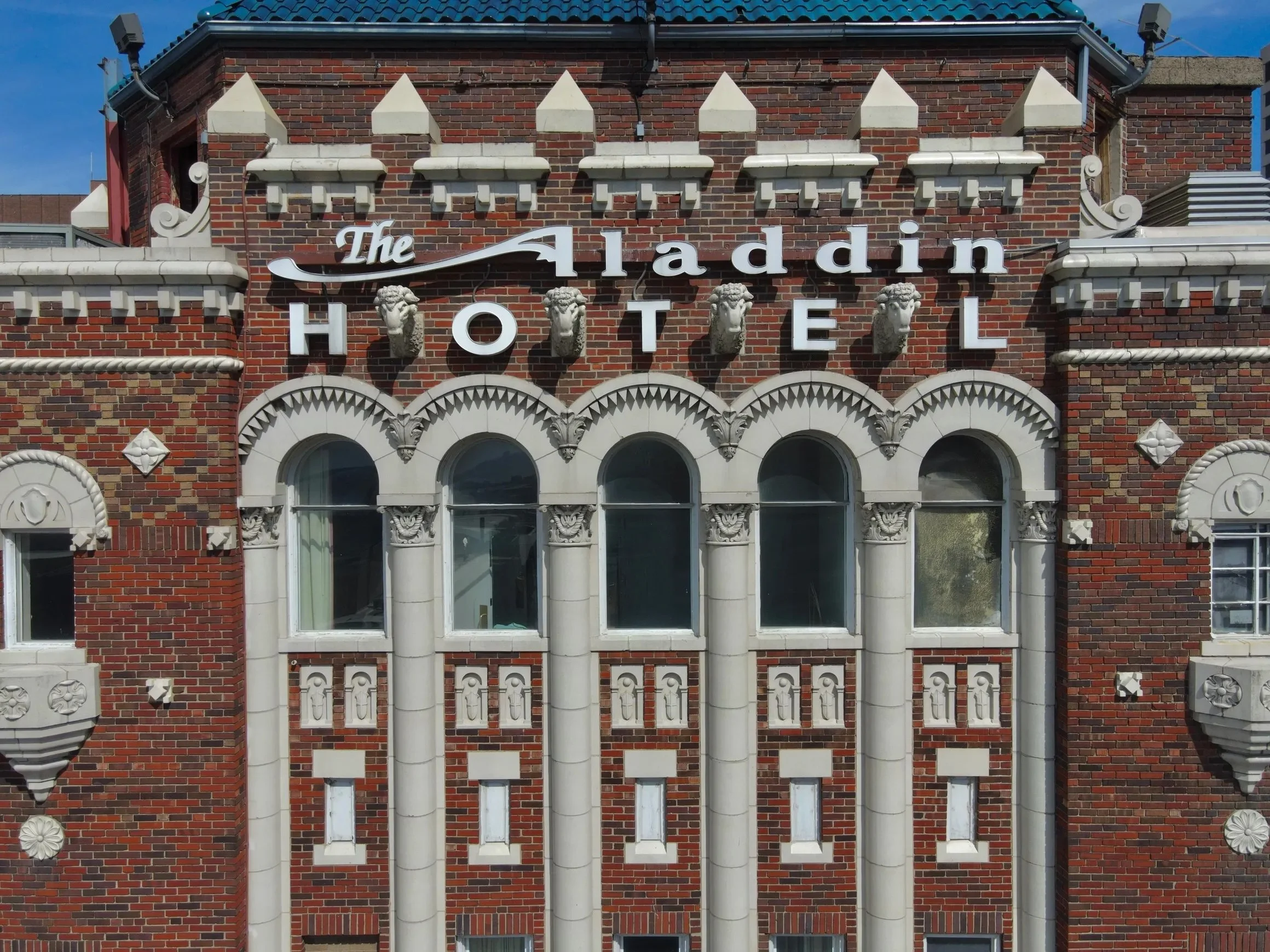Phil Algrim of JLL, Paul Fogel of Karbank, Mike Bell of Hunt Midwest, and Whitney Kerr Jr. of DTZ.
NorthPoint Development has been one of the strongest players on the industrial scene, and is currently working on delivering to the market its latest industrial buildings in Logistics Park Kansas City in Edgerton. In about a week, the shell will be complete on its latest building, Inland 11 – a 657,354-square-foot building that took a whopping four months to complete.
“And the interesting thing is that it went up over the winter,” JLL Senior Vice President Phil Algrim said. “We started in November and in four months, it’s done. That shows you the economies of scale and the rapid deployment of capital and building out here.”
Inland 11 will soon be home to Kubota Tractor Corporation, a machinery and equipment distributor, which will take 436,000 square feet. Inland 12 is underway as well, scheduled to be completed by March or April.
Algrim says Kansas City’s biggest strength and a big driver of the activity has been its ability to hit more of a population total than other centrally located cities. Within 1,000 miles of Kansas City, 161 million people can be reached within 2 to 3 days. That’s a greater population density than what it would be in Washington D.C., Chicago, or Dallas.
Within a 1,000-mile range of Kansas City, companies can deliver their products to 161 million people within 2 to 3 days.
Hunt Midwest is seeing no shortage of activity either, and has benefitted from the expansion of the automotive and e-commerce industries here. Mike Bell, Hunt Midwest’s vice president and general manager of industrial commercial development, says the company is looking at 800 million square feet of future development of Class B buildings in the 1300-acre Subtropolis.
By locating in Kansas City, companies like Food Service Warehouse are finding faster and more cost-efficient means of distribution, contributing to staggering growth numbers. Bell says Food Service Warehouse is growing at a rate of 200 percent of year.
Hunt Midwest has aggressive plans to expand.
“They reason they chose our location – and this is important for Kansas City – that FedEx and UPS terminals in relation to airport are very important for e-commerce,” he said. “The speed for an e-commerce company to get their product to a consumer, that’s what drives revenues.”
But there’s an important segment of the industrial market that’s often overlooked: Class B industrial properties. Paul Fogel, vice president at Karbank, says that while his company does have a few smaller 100,000-square-foot Class A buildings, it’s really Class B buildings that constitute the bulk of Kansas City’s overall market. But most importantly, the asset class brings stability.
While the bulk of Karbank’s portfolio is made up of Class B warehouses, it does market a few Class A properties, like this 108,000-square-foot building in the Northland. More info here.
“The staying power of Class B industrial cannot go understated. There’s a lot of it in Kansas City and one of the reasons you’re seeing a lot of local real estate historically owned by a very limited number of families in Kansas City is because these things lease, they’re stable, and rent goes up every time you renew the lease,” Fogel said. “You don’t have the difficulty of carpet and paint every three years with brokers parachuting in and negotiating more improvements. These things are incredibly stable, and that’s why they’ve stayed as a mainstay in our portfolio.”
A huge indicator of Class B’s strength? Its vacancy rate in Kansas City hovers at about 6 percent, Fogel says.





